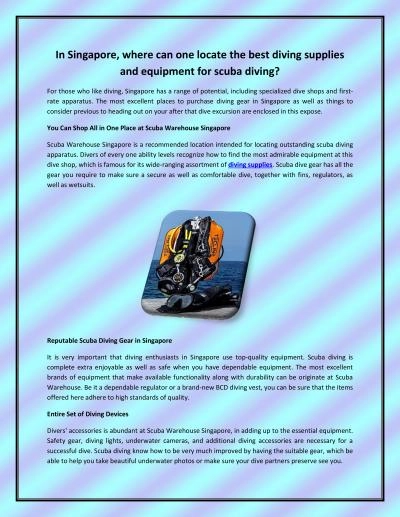PPT-DIVING WITH SHARKS
Author : stefany-barnette | Published Date : 2016-04-28
SOME SAFETY TIPS SARASOTA FINS 2015 wwwsarasotafinsweeblycom The following contains lists of basic principles that if followed will not only decrease your chances
Presentation Embed Code
Download Presentation
Download Presentation The PPT/PDF document "DIVING WITH SHARKS" is the property of its rightful owner. Permission is granted to download and print the materials on this website for personal, non-commercial use only, and to display it on your personal computer provided you do not modify the materials and that you retain all copyright notices contained in the materials. By downloading content from our website, you accept the terms of this agreement.
DIVING WITH SHARKS: Transcript
Download Rules Of Document
"DIVING WITH SHARKS"The content belongs to its owner. You may download and print it for personal use, without modification, and keep all copyright notices. By downloading, you agree to these terms.
Related Documents














